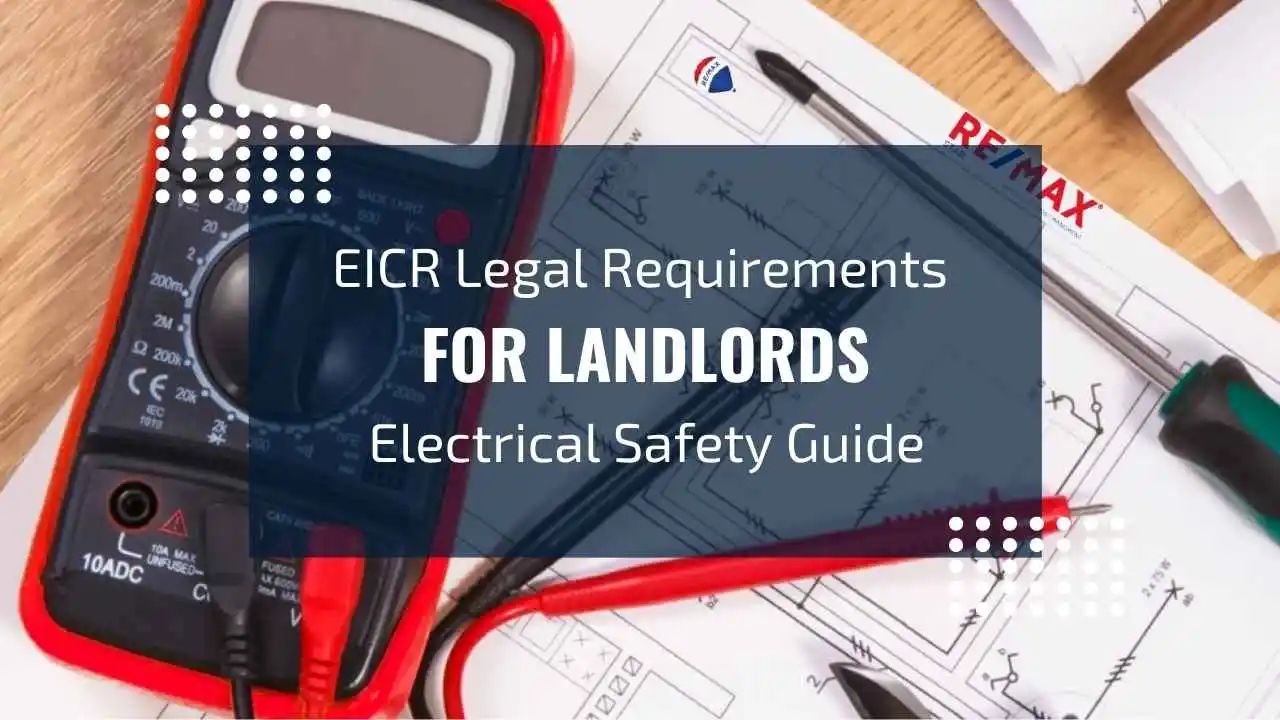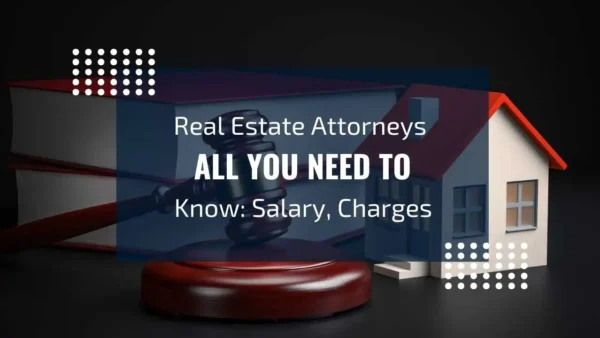Ensuring the safety of tenants is a fundamental responsibility of landlords, and electrical safety plays a critical role in meeting that obligation. To enhance safety in rental properties, the UK government introduced specific requirements for landlords, including obtaining an Electrical Installation Condition Report (EICR).
Whether you’re a seasoned landlord or new to property management, understanding the EICR process, legal requirements, and implications is essential. In this guide, we will dive deep into EICR regulations, the inspection process, the benefits of compliance, and what to expect as a landlord.
What Is an Electrical Installation Condition Report (EICR)?
An Electrical Installation Condition Report (EICR) is a detailed document produced after an electrician examines the electrical installations within a property. The report assesses the overall condition of fixed electrical components, ensuring they meet current safety standards.
Key Features of an EICR
- Safety Assessment: Identifies risks such as electrical shocks, fire hazards, or faulty wiring.
- Condition Grading: Categorizes issues based on urgency and severity.
- Compliance Check: Ensures installations adhere to the latest BS 7671 Wiring Regulations.
- Recommendations: Provides guidance on necessary repairs or improvements.
EICRs are vital for both tenant safety and regulatory compliance, ensuring landlords maintain a safe environment within their properties.
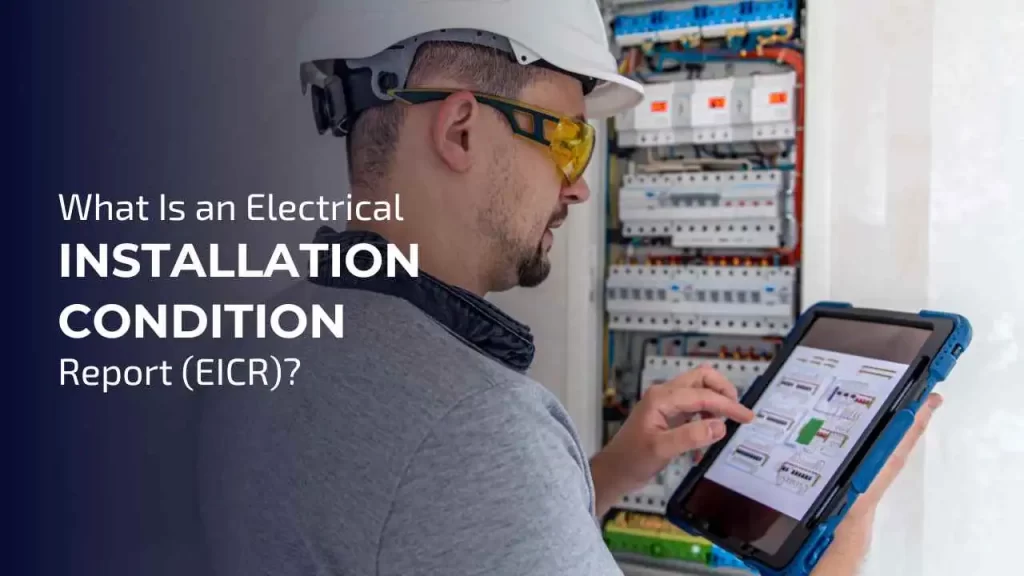
Why Is EICR a Legal Requirement for Landlords?
The introduction of the Electrical Safety Standards in the Private Rented Sector (England) Regulations 2024 made EICRs mandatory for most rental properties. These regulations aim to reduce accidents caused by faulty electrical systems, including electrical shocks, fires, and system failures.
Key Reasons Behind EICR Regulations
- Protecting Tenants: Faulty electrical systems can lead to severe injuries or fatalities.
- Reducing Fire Risk: Electrical faults are one of the leading causes of residential fires in the UK.
- Promoting Accountability: Ensures landlords regularly inspect and maintain their properties.
- Standardizing Safety: Establishes uniform safety benchmarks across the private rental sector.
Failure to comply with EICR requirements can result in fines of up to £30,000 per breach, emphasizing the importance of adherence.
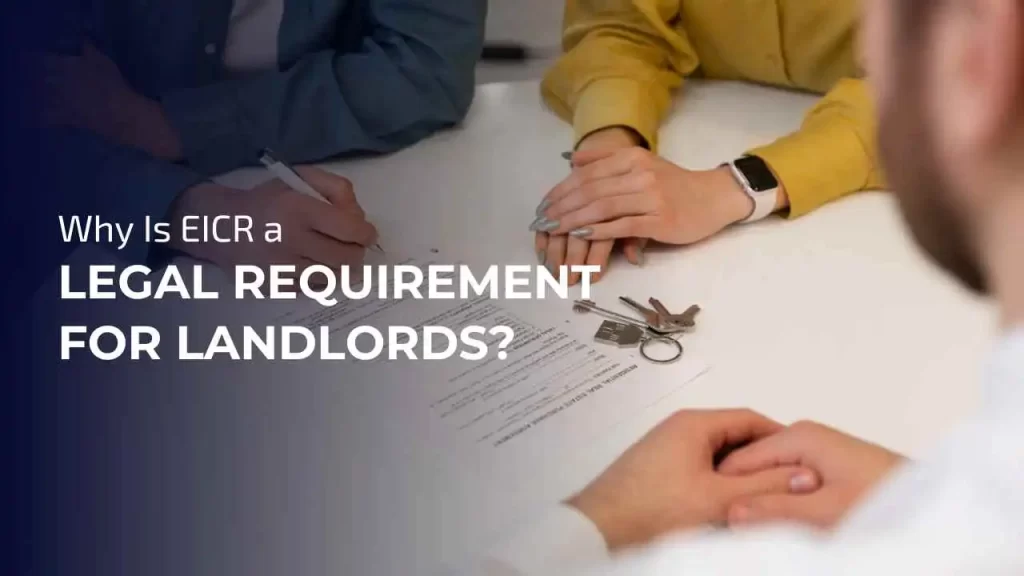
What Does an EICR Inspection Involve?
An EICR inspection is a comprehensive evaluation of the electrical installations within a property. Conducted by a qualified electrician, it focuses on fixed electrical systems and components rather than portable appliances.
Elements Inspected During EICR
- Wiring and Connections: Checking the condition, age, and safety of wiring.
- Consumer Units (Fuse Boxes): Ensuring they meet modern safety standards, such as RCD protection.
- Sockets and Switches: Inspecting for signs of damage, overheating, or improper connections.
- Earthing and Bonding: Verifying the property is correctly grounded to prevent electric shocks.
- Fixed Appliances: Examining built-in equipment like electric ovens or showers.
Portable appliances (e.g., kettles or microwaves) are not included in EICRs. However, landlords are encouraged to conduct Portable Appliance Testing (PAT) to ensure the safety of items they provide.
Process of Conducting an EICR
- Visual Inspection: The electrician visually assesses the overall condition of electrical installations.
- Testing and Measurement: Specialized tools are used to measure insulation resistance, polarity, and continuity.
- Risk Identification: Any issues are documented with codes reflecting their urgency (e.g., C1, C2, or C3).
- Final Report: The findings are summarized, and recommendations are provided.
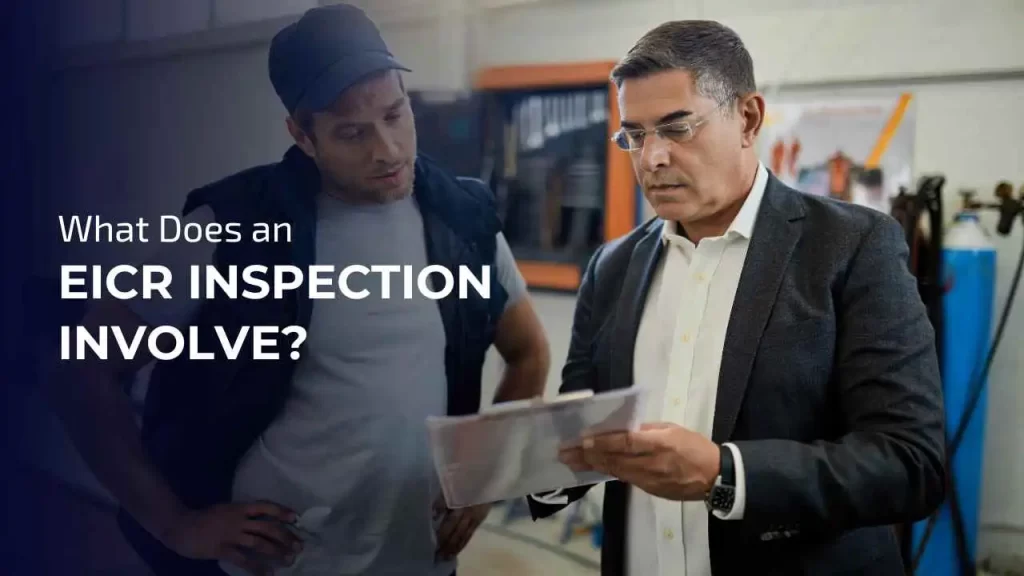
Understanding the EICR Codes
EICR reports categorize issues into four main codes to indicate their severity and necessary actions:
- Code 1 (C1): Indicates immediate danger. Action is required urgently to prevent harm.
- Code 2 (C2): Highlights potential danger. Remedial work should be carried out as soon as possible.
- Further Investigation (FI): More testing is needed to assess safety fully.
- Code 3 (C3): Suggests improvement but is not mandatory for safety compliance.
For example, a loose live wire in a socket would receive a C1 code, requiring immediate disconnection and repair. A property with no RCD protection might receive a C2 code, indicating the need for upgrades.
Who Can Perform an EICR Inspection?
An EICR must be conducted by a qualified and competent electrician who is familiar with the latest wiring regulations. Landlords should ensure the electrician holds appropriate certifications and is registered with a recognized professional body, such as:
- NICEIC (National Inspection Council for Electrical Installation Contracting)
- NAPIT (National Association of Professional Inspectors and Testers)
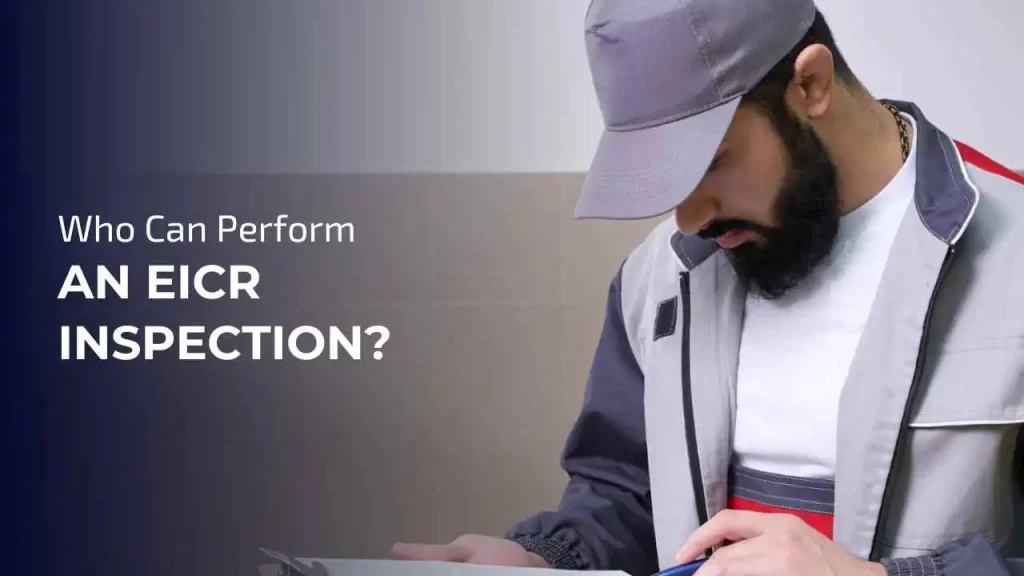
Landlords’ Responsibilities Under EICR Regulations
As a landlord, you are legally obligated to ensure your property meets electrical safety standards. This involves several key responsibilities:
1. Scheduling Regular Inspections
- Conduct an EICR every five years or at the start of a new tenancy.
- Arrange inspections sooner if significant electrical work has been completed or the property shows signs of wear.
2. Providing EICR Reports
- To tenants: Provide the report to current tenants within 28 days. For new tenants, share it before they move in.
- To local authorities: Submit the report within seven days if requested by the council.
3. Addressing Remedial Work
If the EICR identifies C1 or C2 issues:
- Complete repairs within 28 days (or sooner if recommended).
- Obtain a follow-up report confirming the issues have been resolved.
4. Maintaining Records
Keep copies of EICR reports and any related documentation for at least five years. These records demonstrate compliance and can be shared with tenants or authorities when required.
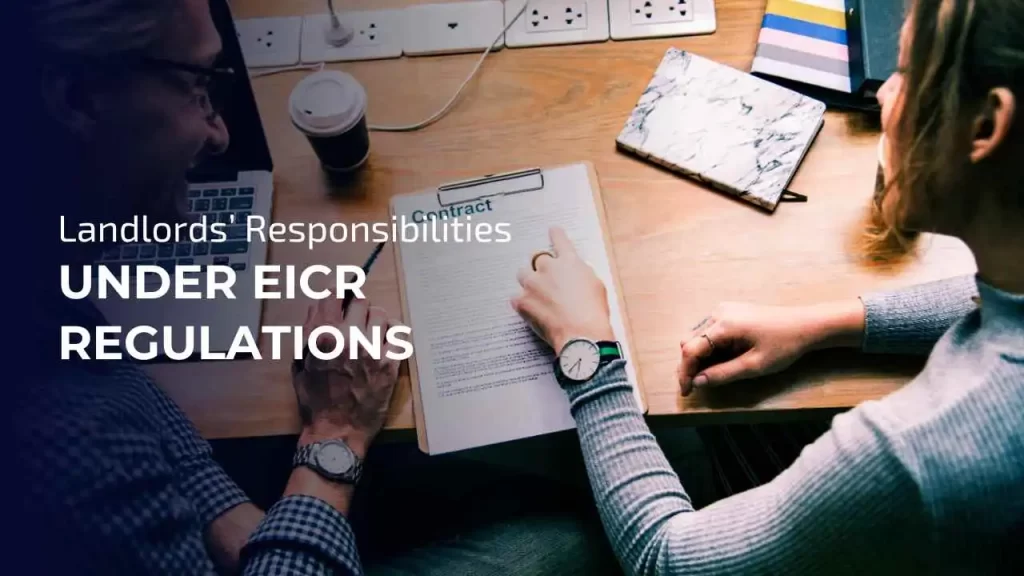
Benefits of EICR Compliance
While complying with EICR regulations is a legal requirement, it also offers several benefits:
1. Enhanced Safety
Regular inspections significantly reduce the risk of electrical shocks, fires, and other hazards, providing peace of mind for both landlords and tenants.
2. Improved Property Value
Upgraded electrical systems not only ensure safety but also enhance the overall value of the property, making it more attractive to prospective tenants.
3. Reduced Liability
In the event of an electrical accident, having a valid EICR demonstrates that the landlord took all reasonable steps to ensure safety, reducing potential liability.
4. Insurance Compliance
Many insurance providers require landlords to have valid EICR documentation. Non-compliance could invalidate insurance claims related to electrical faults.

Common Challenges and How to Overcome Them
Challenge 1: Finding a Qualified Electrician
Solution: Use directories from professional bodies like NICEIC or NAPIT to locate certified electricians.
Challenge 2: Managing Costs
Solution: Budget for inspections and remedial work as part of your property maintenance expenses. Consider long-term savings from reduced risks and insurance premiums.
Challenge 3: Understanding Technical Findings
Solution: Ask the electrician to explain the report in plain language and provide a prioritized list of recommendations.

Conclusion
Ensuring compliance with EICR legal requirements is not just a legal obligation for landlords—it’s a commitment to tenant safety and property quality. By scheduling regular inspections, addressing issues promptly, and keeping accurate records, landlords can avoid penalties, reduce risks, and foster trust with tenants.
If you’re a landlord in Stratford or elsewhere, our team of experts can assist you in navigating the complexities of electrical safety regulations. From arranging EICR inspections to handling tenant communication, we’re here to help.
Contact us today for professional guidance on meeting your landlord obligations.
FAQs About EICR Legal Requirements
Yes, an EICR is required for all private rental properties in England under the Electrical Safety Standards in the Private Rented Sector (England) Regulations 2020. This applies to houses, flats, and HMOs. However, properties with long leases over seven years or council housing may be exempt. Landlords must provide tenants with a copy of the EICR report and address any identified issues.
The cost of an EICR inspection varies based on property size, location, and the electrician’s qualifications. On average, prices range between £100 to £300 for most properties. Larger or older properties may incur higher costs due to more extensive testing. Landlords should budget for this as a recurring expense every five years or sooner if recommended by the report.
Tenants have a right to quiet enjoyment of their home, but landlords are entitled to access for essential maintenance, including EICR inspections. Reasonable notice, typically 24–48 hours, must be provided. If tenants refuse access, landlords should document all communication and attempts to resolve the issue amicably. Persistent refusal may require legal advice or court intervention.
Non-compliance with EICR regulations can lead to severe consequences. Landlords risk fines of up to £30,000 per breach, intervention by local authorities, and potential invalidation of property insurance. Additionally, failure to meet safety standards could endanger tenants and expose landlords to liability for accidents. Staying compliant protects both tenants and your rental business.

